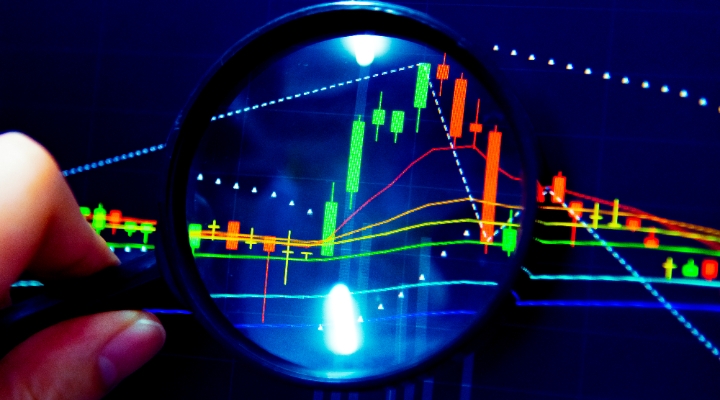:quality(80)/cloudfront-us-east-1.images.arcpublishing.com/morningstar/A6OOX7PBSVEJ5BXDFSPKGLO72M.png)
In 2017 Warren Buffett made a bold prediction. The Dow Jones Industrial Average, he said, would eclipse the one million mark at some point in the next century.
1 million? It seemed ridiculous. At the time, The Dow was slightly above 22,000 – near all-time highs.
But Buffett showed how the math might work, pointing out the Dow was at 81 a century prior. The climb from 81 to 22,000-plus was a nearly 280 times return. A potential rise from 22,000 to 1 million would only require a 45 times return.
The prediction captured the news cycle for a day or so but quickly faded as more immediate and pressing stories took the attention.
An Update: is Buffett's Prediction on Track?
Barron's recently hosted its annual investing roundtable with a few prominent investors to discuss markets, trends, and general outlooks. The group was asked to make a prediction on what the market might return this calendar year.
Answers were what you might expect. "Up 5%." "Down 5%." "Positive mid-single digits."
Nothing that stopped you in your tracks. Then Mario Gabelli, chief executive of Gabelli Asset Management, piped up:
"The Dow will be the equivalent of 1 million in 40 years, and it was under 1,000 40 years ago. So, invest long term."
One million in 40 years? Today, the Dow sits just shy of 39,000.
In Morgan Housel's new book Same as Ever he makes an interesting point about how easy it is to discount the progress that is achievable. He uses the example: if someone were to say, "what are the odds the average person will be twice as rich 50 years from now?" it sounds too ambitious.
But if that same person asked "what are the odds we can achieve 1.4% average annual growth for the next 50 years?" it sounds more reasonable. Maybe even too modest. But those two sentences are, of course, the same.
To hit one million, The Dow would need to return 8.8% annually between now and 2064. If you look at capital market assumptions, an 8.8% annual return for US stocks is well above any long-term forecast.
But if you look at the previous 40 years of US stock returns, it's slightly below what investors actually experienced. Over the past 40 years, US large-cap stocks returned more than 10% annually, according to Morningstar data.
In short, the Dow reaching 1 million in 40 years is in the realm of possibility, even if it is unlikely.
Compounding is also relevant here. Most of us are not very good at understanding exponential function or, in simpler terms, rapid and continuous growth.
Specific to compounding, one fact that usually flies under the radar: most of compounding's magic doesn't happen until the end. The early years of compounding have a "yawn factor" built in. For example, under Gabelli's assumption, the path to Dow one million likely wouldn't be what you expect.
If the Dow was to hit one million over the next 40 years, it would take 32 years before it even reached 500,000. It would eclipse one million just eight years later.
Dow Jones (Assuming 8.8% Annual Growth Rate)
:quality(80)/cloudfront-us-east-1.images.arcpublishing.com/morningstar/T3KBBOZKIVCP7FSNRT2Z5LJHYQ.png)
The simple takeaway? If you're investing for decades, the biggest gains in absolute dollars happen during the last couple of years of the investing period.
For most financial advisers, the minutia of the day is where many conversations with clients reside.
"Can the 'Magnificent Seven' hold up?" "Should I derisk as the market moves to new all-time highs?" "Will the election bring volatility?"
Each question could be debated for hours. The easiest response would be "the future is uncertain – always be ready for bumps and bruises". But that's intellectually dissatisfying.
So, as the debate and the markets wax and wane, remember there is always slow and subtle progress that isn't visible. And pay heed to the fact that a lot more might be achievable than we often realise.




























